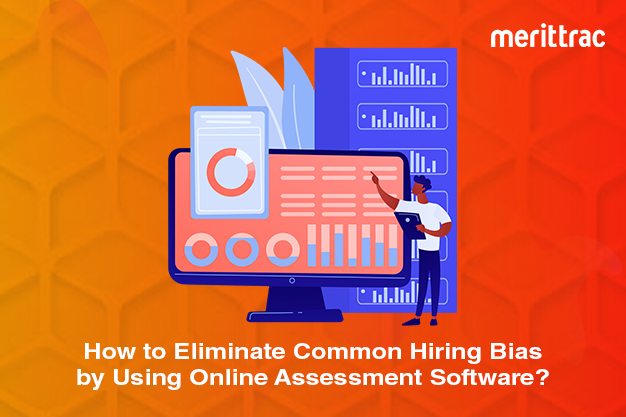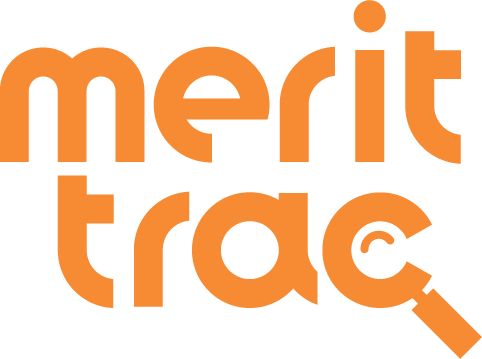
How to Eliminate Common Hiring Bias by Using Online Assessment Software?
Date: 31/08/2021 | Category: General
What is hiring bias?
Conscious or unconscious bias leads to poor decision making and can negatively impact the quality of a company’s recruitment efforts. Selecting a candidate who is not qualified for a job or rejecting a candidate who is a perfect match for the job based on assumptions or judgements can be called as a hiring bias. Such bias often stems from familiarity or ignorance and is a common drawback of traditional hiring methods that do not employ computer-based test or online examination systems.
When does bias enter your hiring process?
Hiring bias can occur during the candidate shortlisting process or during one-to-one interactions where certain judgements are made based on appearance, race/ethnicity, gender, education, or other factors. In biased-based hiring, these discriminatory factors outweigh the skills, abilities, or experience that qualify the candidates to do the job they have applied for.
Types of common hiring bias
A bias is often intentional but there can be times when a bias occurs out of lack of awareness. Listed here are a few common examples of hiring bias which recruiters may be able to identify with.
- Confirmation Bias: Recruiters who interview candidates on a regular basis tend to categorise candidates into different types. They rely on their initial impressions of a candidate to make a judgment. To prove their assumptions are right they might intentionally ask certain pre-meditated questions that might validate their doubts. This is termed as confirmation bias and is one of the many reasons why recruiters miss out on hiring candidates qualified for the jobs.
- Affect Heuristics: Hiring decisions made in an instant based on a recruiter’s current emotional condition at the time of the interview is an example of Affect Heuristics. The interviewer instead of focusing on the candidate’s qualifications for the job, might feel the need to make a quick decision that could be triggered by feelings of excitement, joy, panic, or surprise.
- Halo Effect: Most candidates dress to impress, and most interviewers are aware of this factor. It is also expected of the candidates to dress for the job they are interviewing for. But the halo effect occurs when the interviewer gets carried away by the candidate’s appearance and makes a hiring decision based only on this non-job-related factor. The Halo Effect is more commonly known as beauty-bias, unconscious attractiveness bias, or appearance discrimination. Hiring decisions based on looks, personality, body language or communication skills alone cannot benefit the team or the company in the long term.
- Horn Effect: The Halo effect focuses on the positive impression a person’s appearance makes on the interviewer, whereas the horn effect does the opposite. Interviewers overlook the candidate’s intelligence or capability and focus only on appearance of a candidate to make hiring decisions rooted in negativity.
- Overconfidence Bias: Similar to confirmation bias, recruiters rely solely on their expertise of judging candidates based on their own hiring experience and disregard the candidates’ skills or job suitability while making hiring decisions.
- Similarity Attraction Bias: This is one of the most prominent type of bias where a candidate gets the benefit of being from a similar religion, caste, country/state, characteristics, family background etc. The interviewer makes judgments based on the similarity they share with the candidate and often overlook certain facts that may make the candidate unsuitable for the role he or she is being interviewed for.
Types of pre-employability tests using online exam software to eliminate Hiring bias
Pre-employability tests are great tools to ensure a fair hiring process that does not give way for any bias. To create a diverse team of skilled and talented employees, and to improve retention rates, organisations can try any or all of the following computer-based online tests.
- Job knowledge tests: Helps to analyse the technical and theoretical job-related expertise of candidates.
- Integrity tests: Features questions that reveal a candidate’s ethics, morals, and integrity.
- Cognitive ability tests: Assess logical, verbal, and numerical reasoning skills of candidates.
- Personality tests: Analyse if the candidate is a team players and other aspects that reveal if he or she will be a cultural fit in your organisation.
- Emotional intelligence tests: These tests reveal a candidate’s EI which is crucial for maintaining a cordial interpersonal relationship with co-workers, seniors, clients, or vendors in your organisation.
- Skill assessment tests: Determine a candidate’s soft skills and hard skills that are essential for excelling in the job.
3 benefits of reducing hiring bias
- Job seekers evaluate the diversity in a workplace before applying for jobs.
- Companies that have a diverse group of employees tend to have better productivity and ROI results.
- A team with a diverse group of people make brainstorming a fruitful exercise leading to better and smarter innovations.
Choose MeritTrac’s online exam software
MeritTrac’s online CBT test lets you analyse a wide range of criteria required to find the perfect job candidate. Recruitment assessment solutions including online computer tests offered by MeritTrac has helped Government sectors and corporates across verticals to improve their project turnaround time and reduce their attrition rates. The top assessments products and platforms offered by MeritTrac include:
- Cognitive Assessment (product)
- Domain Assessment (product)
- Communication Assessment (product)
- Behavioral Assessment (product)
- Employability Skills Assessment (platform)
MeritTrac is the chosen partner for recruiting firms looking to reduce bias-based hiring in their organisation. To know more visit https://www.merittrac.com/












 Sales Hotline: USA: +1 646 916 0939 / Others: +91 80619 14700
Sales Hotline: USA: +1 646 916 0939 / Others: +91 80619 14700


